Every year I see it. And every year I keep it to myself. It’s August. It’s supposed to be the Dog Days of summer and surfcasting is supposed to be tough, but every year a change occurs around somewhere between August 1st and August 20th. In 2020 it has come early. I was walking the beach with my daughter almost two weeks ago and we found a half-mile-long river of peanuts running the beach. There were hundreds of bass on them, all of them definitely under 28 inches but they were making mincemeat out of those baby bunker, birds were working hard above them—it looked like classic October, but it was early August on a Rhode Island beach. I squeezed my cranium into a dive mask and swam hard and fast, 100 yards out to where the heaviest action was, every time I got close the school would move away from me, I floated face-down and peered into the blue-green deep. Suddenly, they appeared. One, then five, then 15… a squadron of striped bass beating tail in toward the beach. Their ghostly silhouettes reflecting the wavy sand beneath them as they glided just above the bottom 10 feet below me.
What manifests itself as a visible celebration in daylight changes to a private party in the dark. What is mostly schoolies with the lights on offers a much greater chance at hooking something large at night. Nighttime seems to embolden the larger fish that cautiously stay away in daylight. For the surfcaster, this is an opportunity and it’s one that is missed by too many anglers because, the belief is that, the Fall Run begins in September. And because the Fall migration has become much less reliable over the past decade, you really can’t afford to miss this early ramp up, October just isn’t what it used to be.
It Starts With The Bait

Right around the first week of August, the first young-of-the-year herring begin to exit many of the runs here in Rhode Island. The trickle is often set off by a heavy rain. Around that same time, the first wave of peanut bunker will push out of the estuaries and start running the beaches as well. I have never been able to associate the movement of peanuts with any singular event, but after this year, I think we can rule out a drop in water temperature! Silversides and bay anchovies will also begin to sift into the mix as well as the month creeps along. All of these baitfish moving out along the beaches is the trigger that begins these blitzes that so many of us associate with fall fishing.
Don’t Match The Hatch

No matter if you’re running down schoolies in daylight or chasing big ones after dark, the last thing on your mind should be trying to replicate these tiny baits. In vast schools of abundant baitfish throwing a tiny fake version of the real thing gives too much for the fish to compare it to… in other words we’re just not good enough at looking legit. The trick that has worked for me over and over again is to put something out there that’s too hard to pass up, something twice the size of the rest of the zillion baby bunker that is zipping through the curl of the first wave. If the fish are small and the bait is small, I reach for a Jumpin’ Minnow in chrome or bone color—with a couple 3/0 Owner Zo-Wire inlines swapped in place of the trebles. If I need a longer cast I’m going to reach for a Super Strike 1-1/2 ounce Little Neck Popper in white, chartreuse, or yellow/white. If neither of those are working, a 5-inch swim shad from Tsunami or the size 90 Stick Shadd is almost certain to get bit.
In The Dark

When the sky goes dark I change gears completely. At this point, I am going to try and put those baitfish out of my mind completely. But my mindset really doesn’t change that much, I’m going to put plugs out there that (again) are hard to pass up, but my goal is to make my offering irresistible to a large striper, something between 30 inches and 40 pounds. And because these fish are not as predictable (or visible) as their smaller cousins, there will be more searching involved.
Cover The Spread
I’m not going to be blowing anyone’s hair back with my shallow or ‘top of the column’ suggestions. I like classic lures because they have a history of success backing them up. I have always been a big fan of the water-loaded Red Fin. I have found a more recent affinity for the Gibbs Needlefish. If there is a sweeping current, I am usually throwing a Super Strike Darter. And on those nights with a big surge or a hard crosswind, I have great confidence in the Super Strike Little Neck Swimmer. I keep the colors simple black, white or bone, and (where available) something bright, like parrot or chartreuse.
As a surfcaster, one of your main objectives should be to learn to cover the whole water column. This is something that should be thought of as a ‘101’ level skill, but I feel like it’s broadly overlooked by a huge number of surfcasters. The hardest part of it is learning to get deep and staydeep. And sadly, for the larger percentage of surfmen that don’t fully understand how to fish deep, the fish are very often right on the bottom. My preferred method for tending bottom is with a Super Strike Needlefish—I prefer the 1-3/4 ounce variety and I load them with bird shot to achieve different sink rates and to make them easier to keep down. I add 15 and 30 grams of shot in addition to fishing the stock version—parrot, black and transparent chartreuse are my confidence colors. Of course, another way to keep these needles deep is to add a few of the ‘red eye’ Heavy versions to your bag and then you don’t have to drill holes in your brand new plugs!




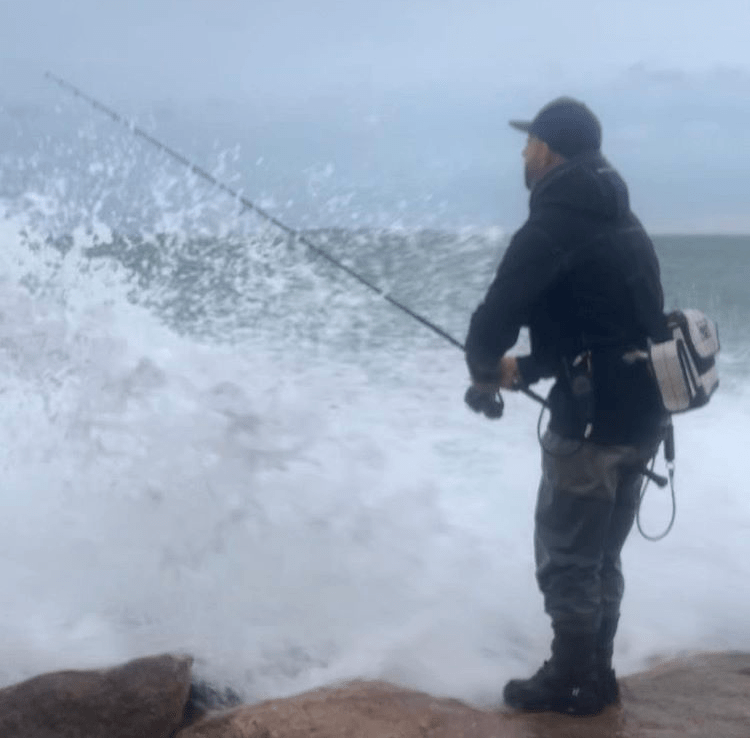

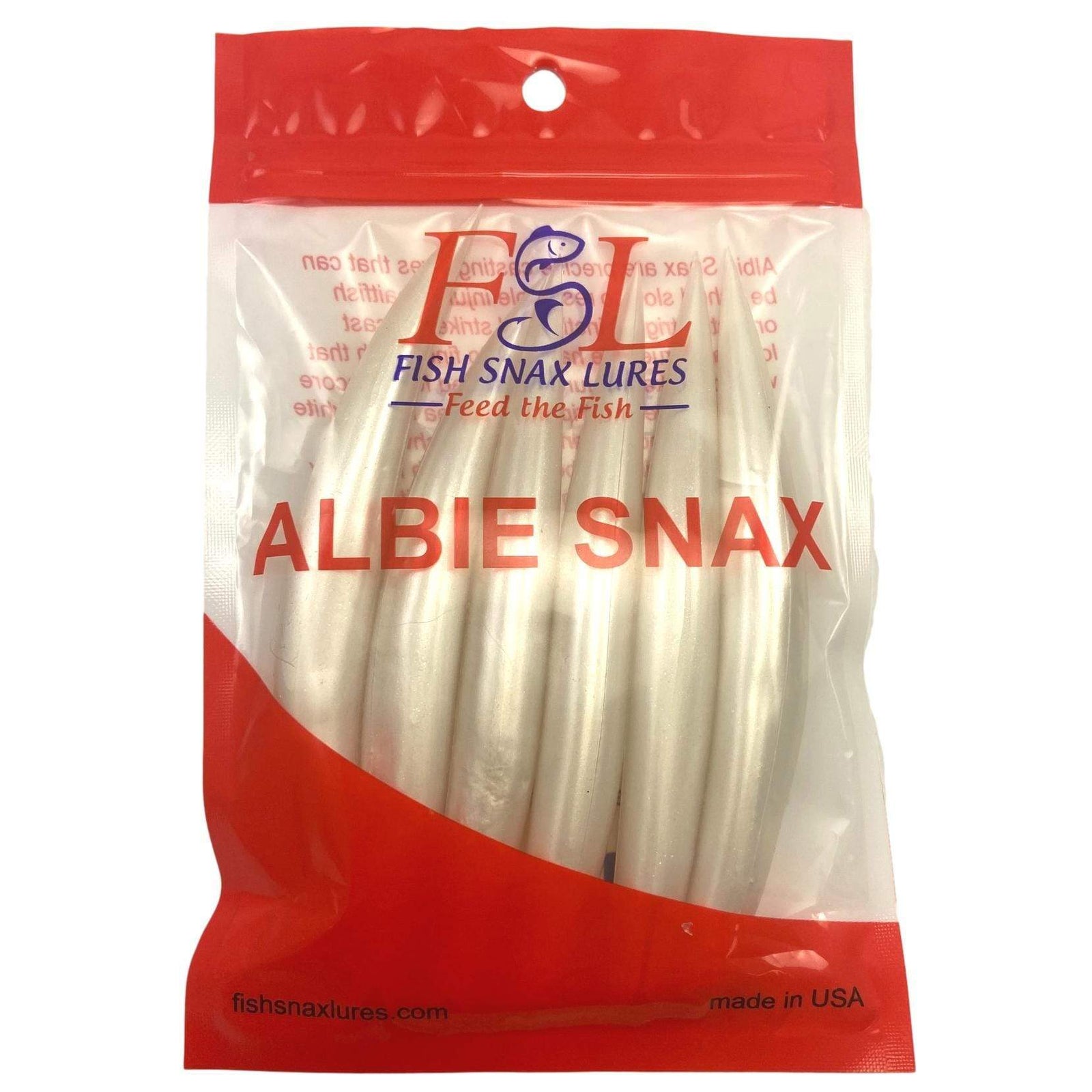

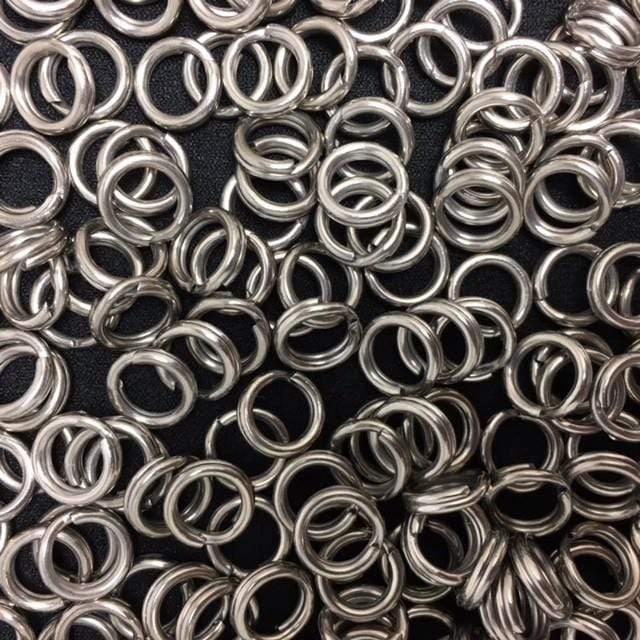
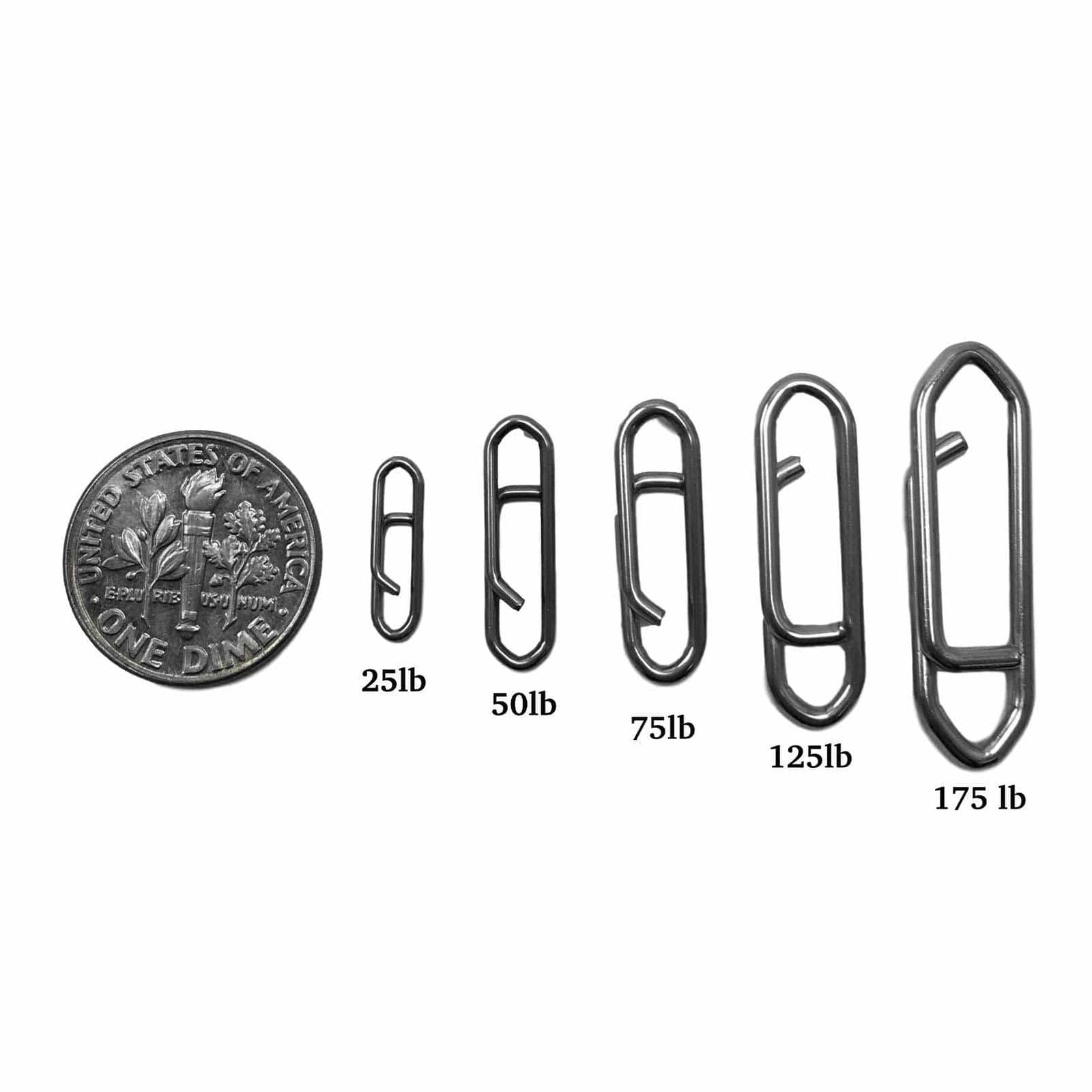


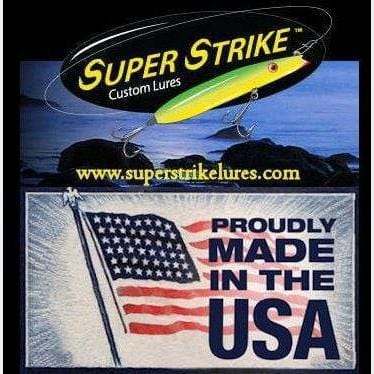

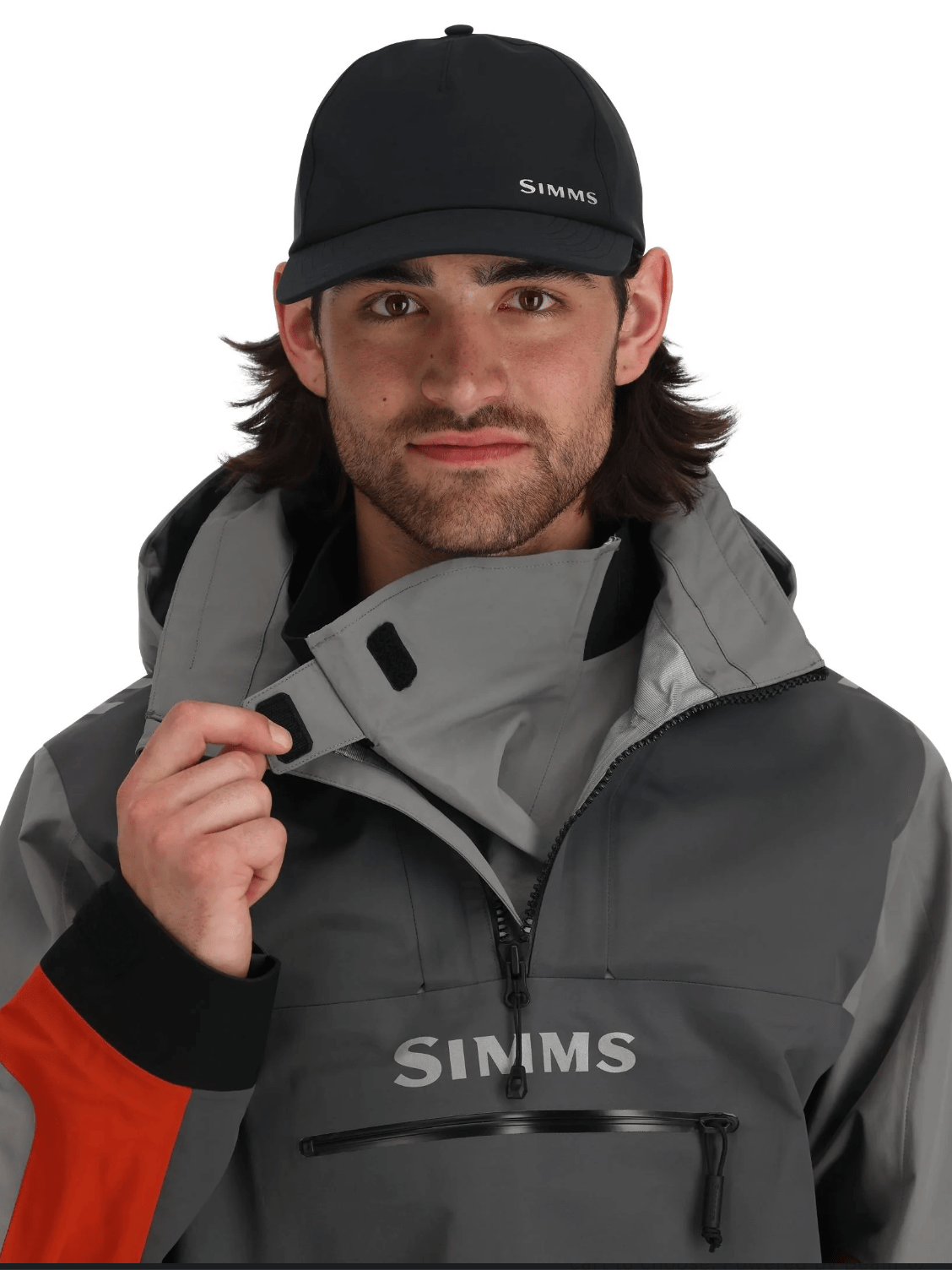

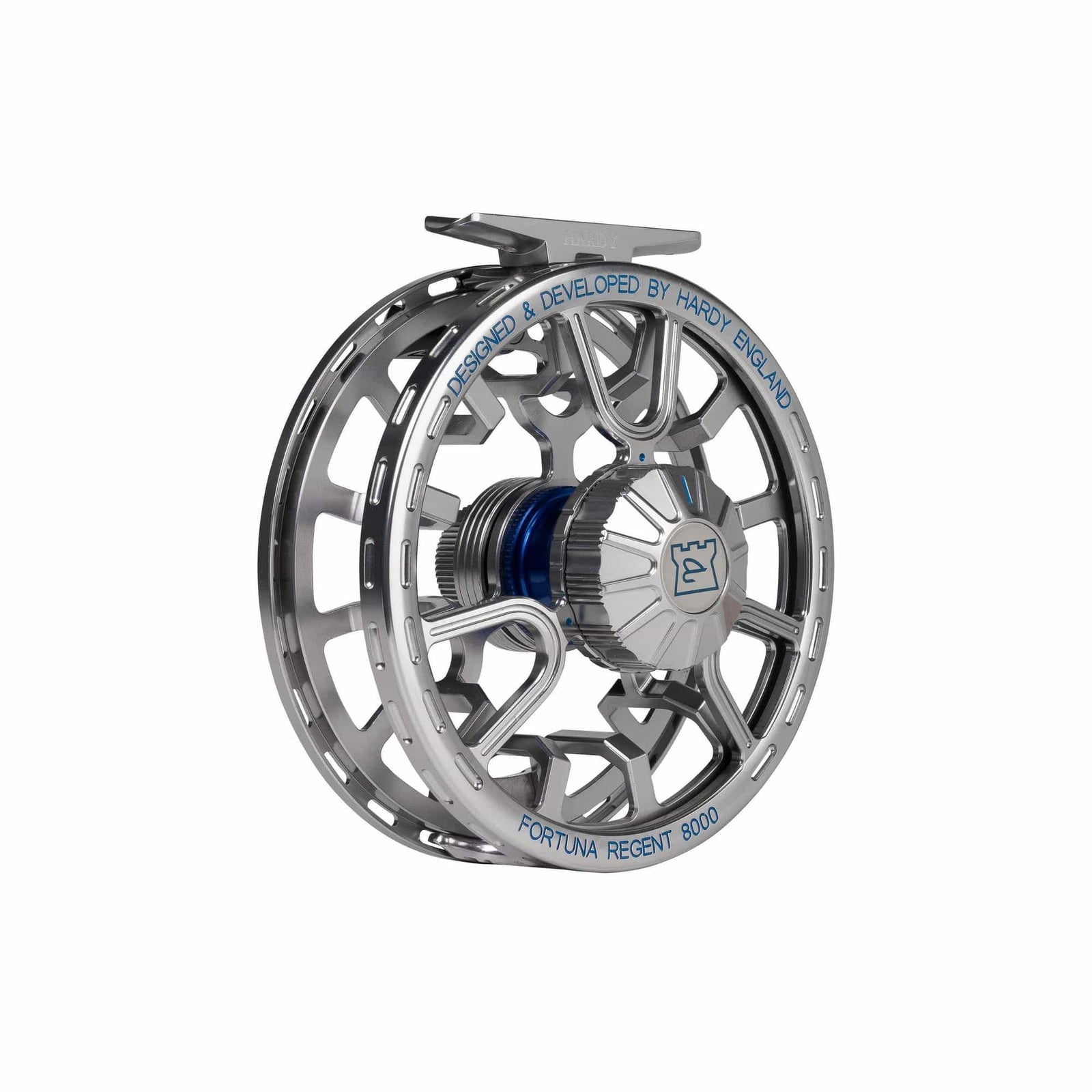
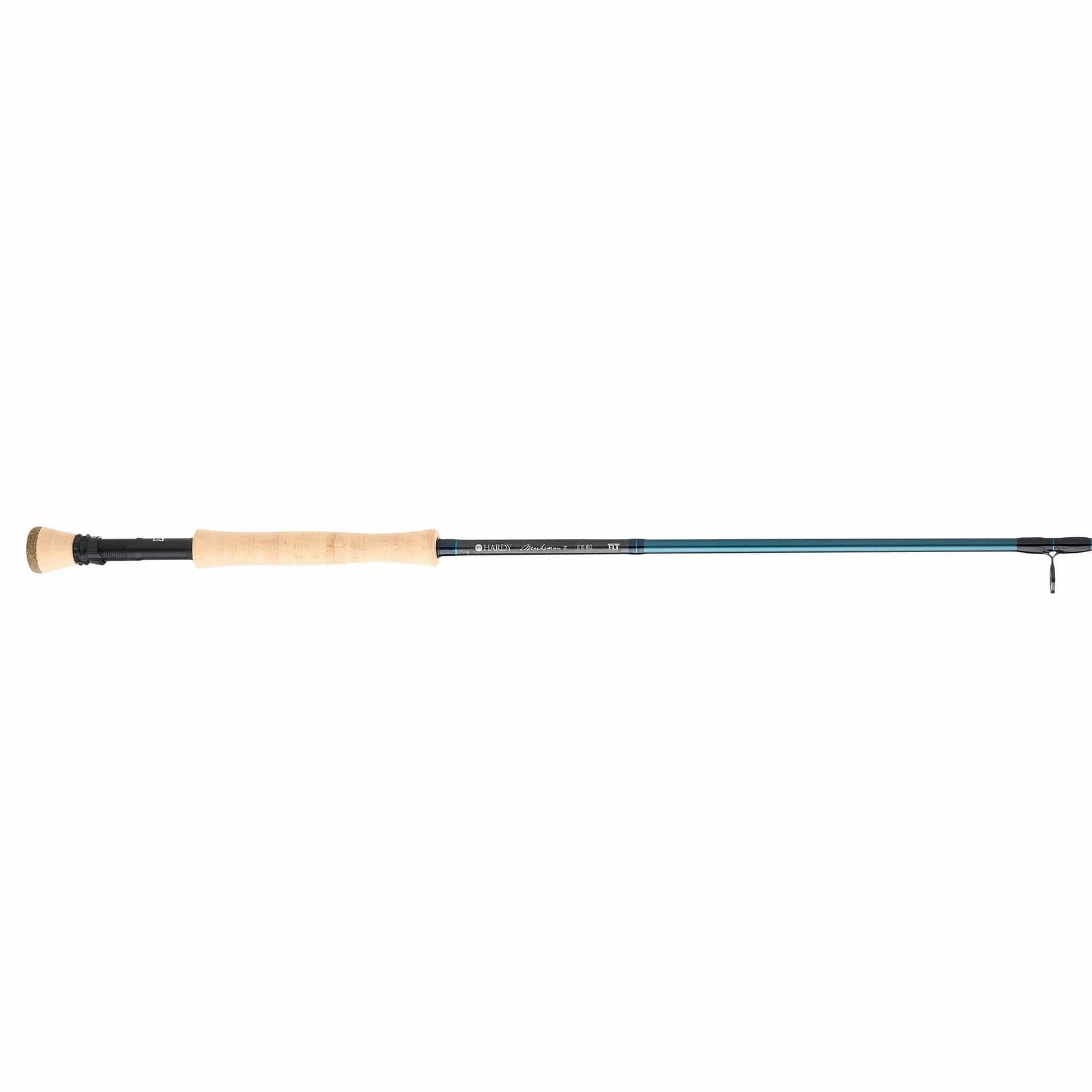
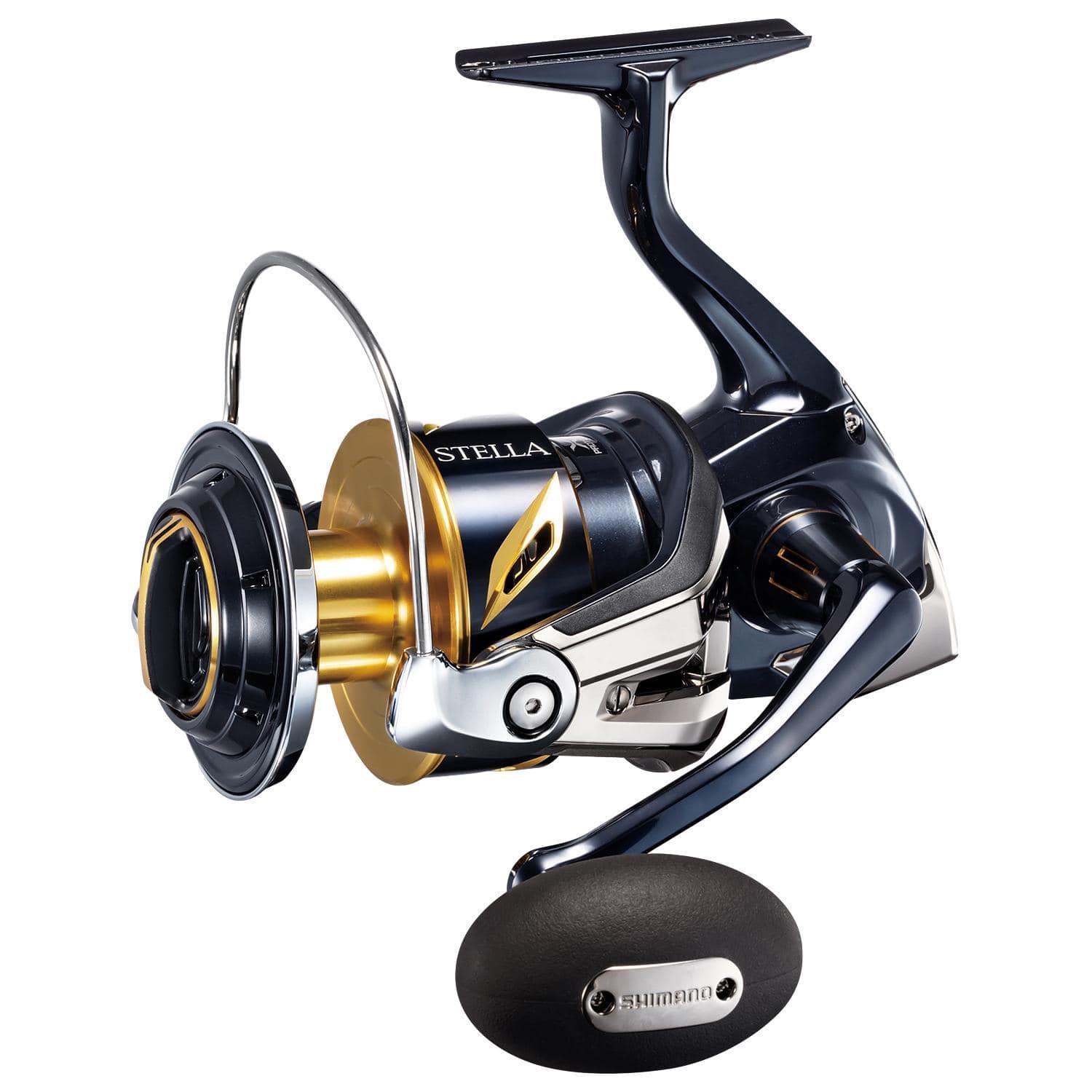
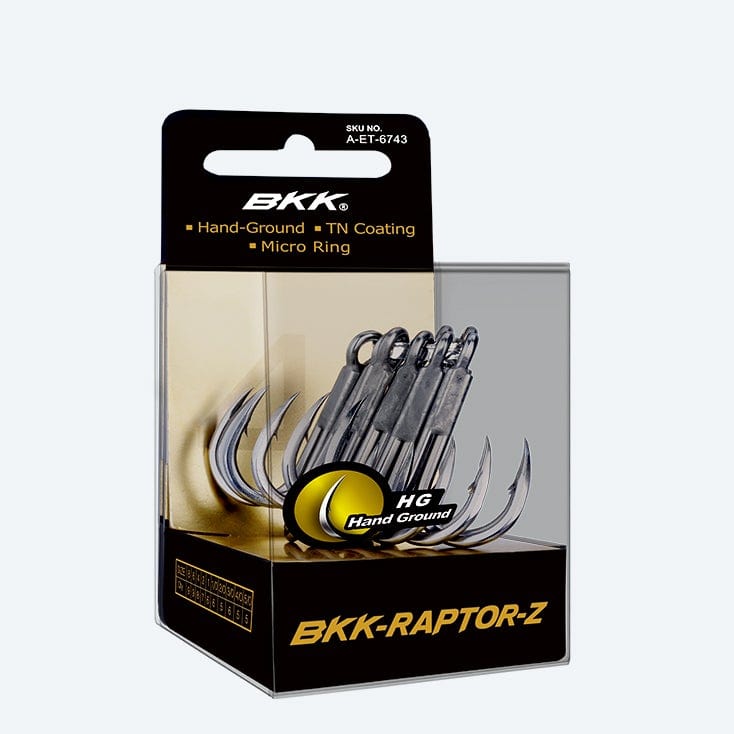
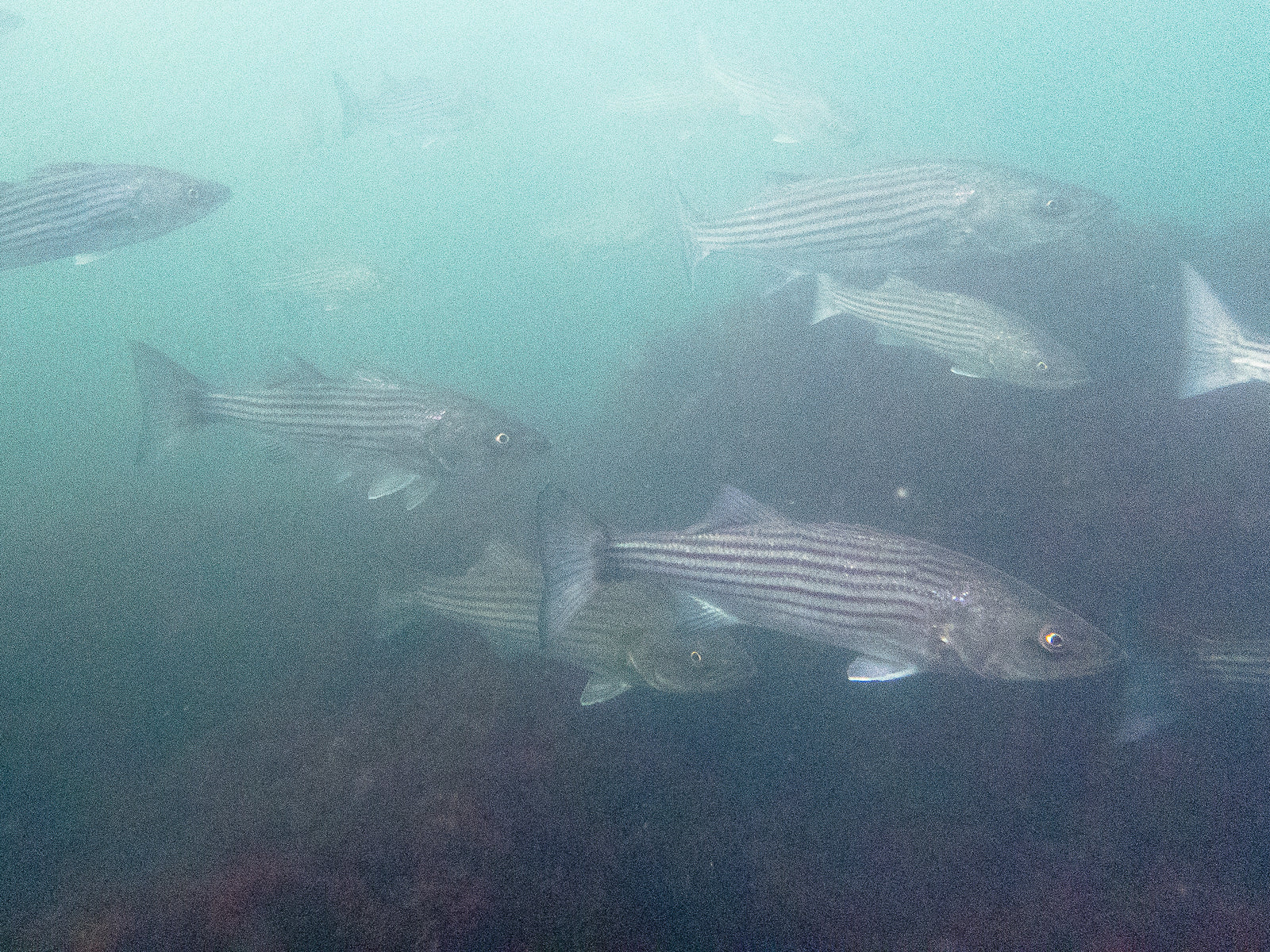
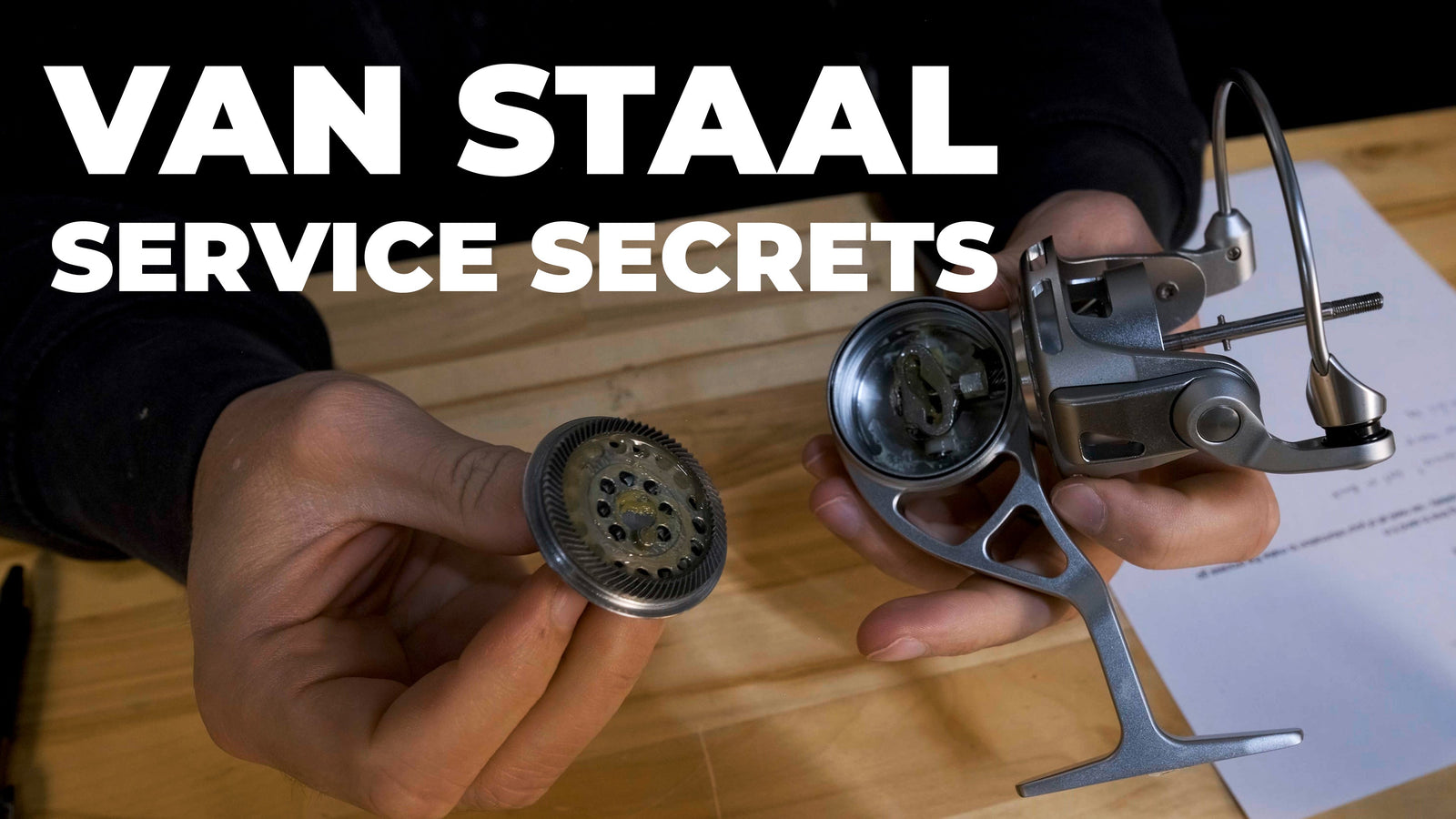


jeff Rogala
August 24, 2020
nice article, still havent found them though